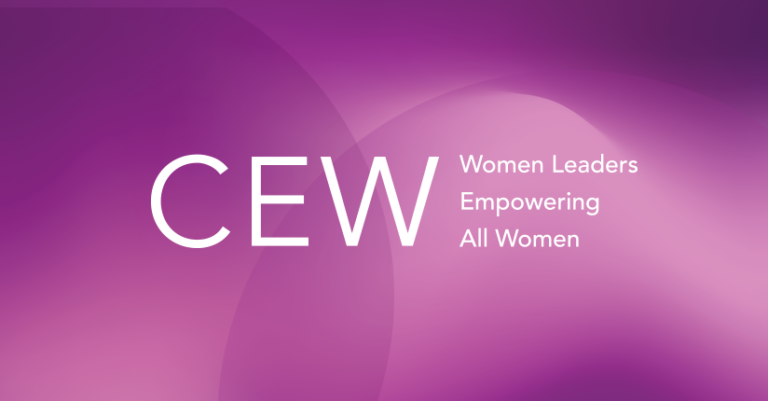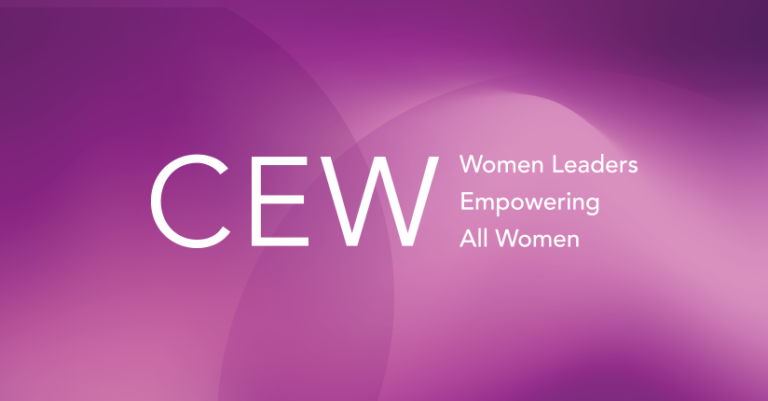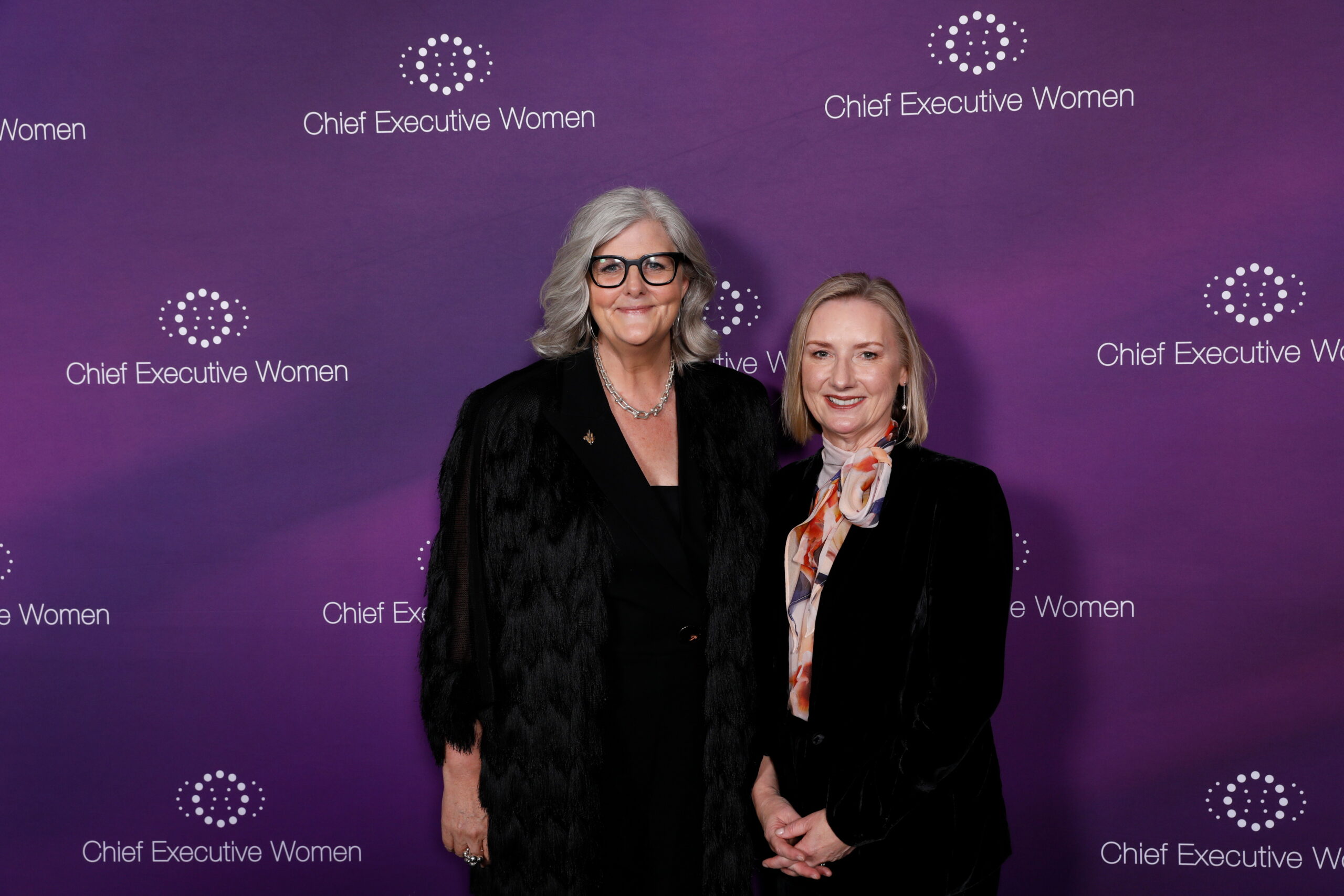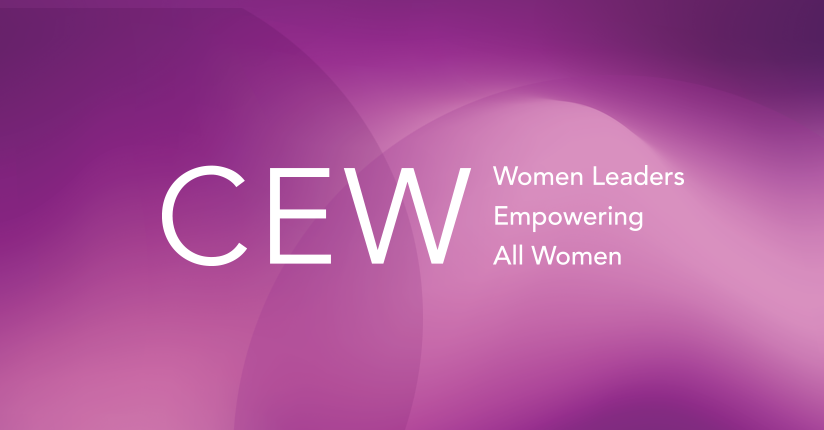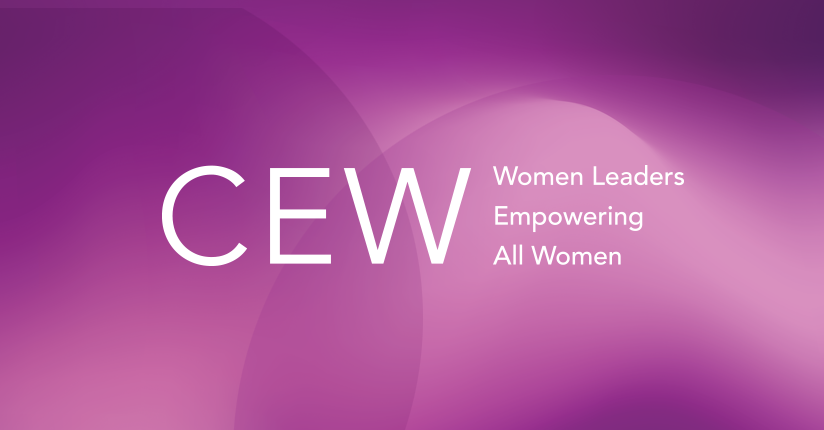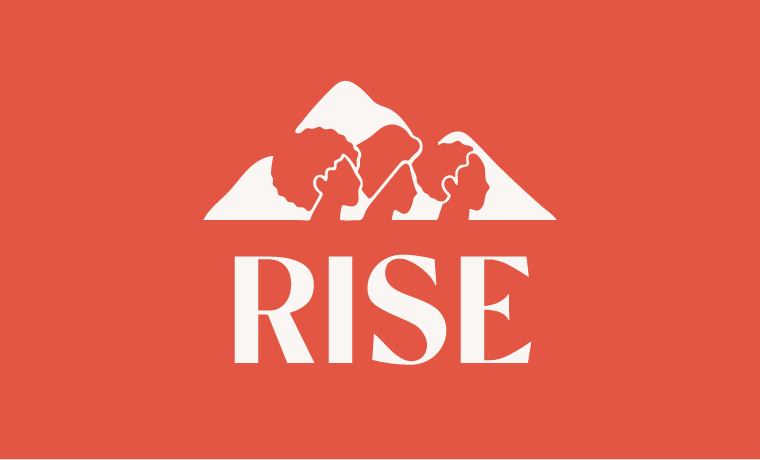I’m the last of the women in my starting cohort. All my female peers have dropped out of STEM and taken roles in other fields. I’ve been lucky to have a sponsor who pushed me into roles when there was resistance to a woman taking it on. But if there isn’t that leadership, then it just isn’t worth it for women to put their neck out for it.
– Senior executive, major energy business
To do this, in late 2021 Chief Executive Women and BCG brought together women leaders in STEM to discuss the barriers – and solutions – to increasing women’s leadership in these vital sectors. The conversations that unfolded were eye opening.

While there are a number of senior and experienced women leaders across STEM industries, it is clear that women face unique and significant challenges. Most striking was the degree to which women, despite good intentions of many leaders, are facing pushback and exclusion and in some instances, choosing to leave these sectors altogether.
This report shares the lived experience of senior women leaders in STEM, hoping this may be a catalyst for change.
These senior women see the economic imperative not to waste STEM talent – knowing that Australia will be hamstrung if the STEM sectors can’t urgently work out how to develop people with promising talent into leaders of the future who want to stay in STEM roles. But for women to be convinced to stay, they need to know there is a pathway to leadership in the “cool jobs”.
Building on the commendable work that is underway in many STEM organisations, this report outlines seven critical actions to address the inequality in STEM and secure women’s leadership into the future:
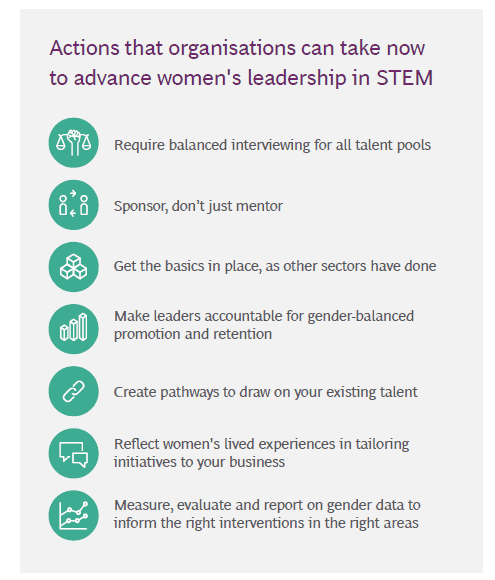
For organisations that are looking for practical advice, the report identifies several tools and resources to help organisations get started.
While we’re still behind, our executive team is now clear that we need women at the leadership table. It helps to see a few [big STEM businesses] making strides. There are definitely things that work – we need the sector to start doing them!
– Chair, technical specialty organisation
Like any industry, it is critical that women are represented at tables where decisions are made, and the future is created. Women’s leadership in STEM is vital to the success of these sectors and it is an economic imperative for the STEM sectors to draw on all available talent and ensure equal pathways to leadership.
We are also optimistic because we know that many leaders in STEM understand the value women bring to these sectors. We must harness this to drive urgent action to ensure women’s leadership is prioritised today. Otherwise, tomorrow and in the future as STEM industries overtake older economic models, women will be left further behind. And organisations will not benefit from all the talent they have available to them.
CEW would like to thank former Australian representative for G20 EMPOWER Council Christine McLoughlin AM, Women in STEM Ambassador Professor Lisa Harvey-Smith and Sarah Thom of Boston Consulting Group for their contribution and leadership in driving women’s leadership in STEM forwards. We would also like to especially thank the roundtable participants who shared their stories so generously in these important discussions.

We invite you to read the report, listen to the voices of senior women leaders in STEM, and take action to create change.
Advancing women’s leadership in STEM, according to those already leading the way
By Susan Metcalf
CEO Chief Executive Women
Read the report


